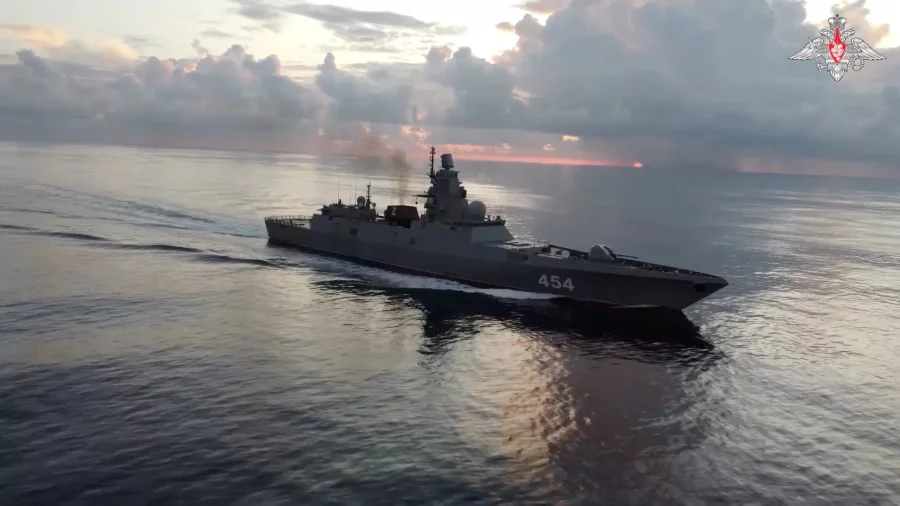
Havana, Cuba – Could this be a replay of 1962 when Nikita Khrushchev, the leader of the Soviet Union, positioned nuclear weapons 90 miles from Florida, creating a nuclear standoff between the United States and the Soviet Union?
History seems to repeat itself. This week, one of Russia’s most concerning new submarines pulled up off the coast of Cuba ahead of what the Kremlin said was a planned military exercise in the Caribbean. Military exercise is often a code word for projecting force. This week, Russia showed the U.S. and NATO that they, too, can project power way beyond their borders.
The Kazan, a nuclear-powered cruise missile submarine, is one of a relatively new class of subs that has worried the U.S. and Western militaries for years due to its stealth and strike capabilities.
Three Russian ships, including the Kazan, arrived in Cuba on Wednesday for a five-day official visit before a large, simultaneous air and maritime exercise in the Caribbean. The deployment includes the Admiral Gorshkov frigate, armed with Zircon hypersonic missiles, another challenge for Western militaries.
While U.S. officials have said they’re monitoring the vessels and don’t anticipate any imminent danger in the region, the Kazan’s arrival is notable. U.S. and NATO officials have long expressed anxiety over the capabilities of the Kazan and other subs like it.
Russia’s Yasen-class submarines, like the Kazan, are formidable threats within Russia’s navy, which has long boasted a rather capable submarine fleet. The Russians began work on the class during the Cold Warand the first sub in the class, the Severodvinsk, was commissioned late in 2013.
Around the time the Severodvinsk came about, Naval Sea Systems Command’s program executive officer for submarines said at a naval symposium that going forward, the U.S. would “be facing tough potential opponents,” adding that “one only has to look at the Severodvinsk.”
After the Severodvinsk was commissioned into the Russian navy, later submarines featured updated designs and were designated as part of the Yasen-M class. The Kazan was the second sub of the class but the first of the newly upgraded subs. It is noticeably smaller and features a quieter nuclear reactor.
The subs’ newer, more advanced features make them quiet, difficult to track, heavily armed, and capable of attacks against land- and sea-based targets with little to no notice. These warships can carry Oniks and Kalibr cruise missiles and, at a later date, the new Zircon missiles.





